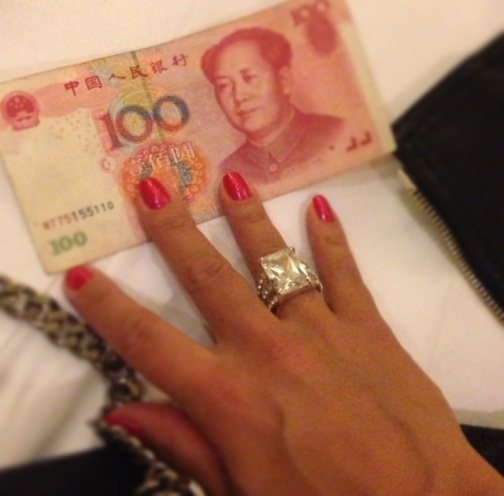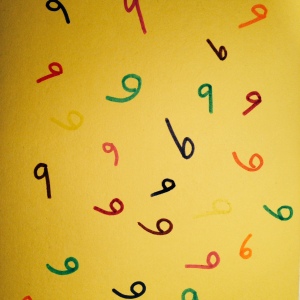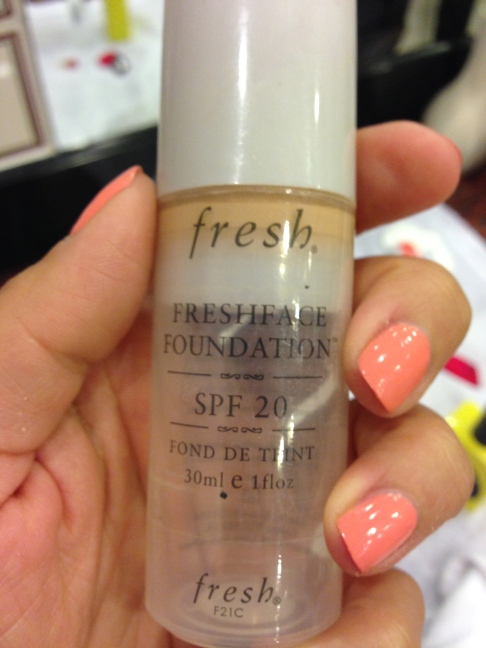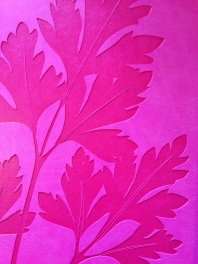
PART TWO
The engagement is broken – what to do with the ring?!
The quandaries after a break-up can be plentiful. Take for instance the who-gets-to-keep-which-friends, that’s a tough cookie! Batter that up with a long-term relationship, perhaps a good portion of engagement or even a big slab of marriage, and you’ll have yourself quite a cracked biscotti to work yourself through. Luckily I’ve never had to take a bite of that myself, but that doesn’t mean I haven’t been close enough to others to smell the dough turning burnt.
Another major quandary post engagement-break-up is what to do with the ring. I promised in my previous post PART ONE with the same title as this, that I would investigate the dos and don’ts with the engagement ring after a break up. Well, it’s quite an ethical question, for yourself and your partner, but perhaps sometimes stretching so far as to include the interest of families and friends. I’d say what to do with the ring all depends on the reason for the break up. I’ll write here from the angle of what I’ve nicknamed a Hollywood engagement, where a man proposed to a woman with a (quite expensive) ring, because this is the version that my very good friend Lady L just found herself breaking up from.
Her partner had, much to everyone’s surprised given the recent circumstances, gone down on one knee and proposed to her with an extraordinarily stunning Bulgari ring, price tag in the ballpark of 3 months’ salary. Some months down the line they mutually agreed to break the engagement and separate, making it a clean and definitive break up this time around. During half a decade they’d been a couple experiencing a life that had taken them on many roller-coasters. We, their friends, as well as they themselves thought numerous of times that they had gone for their last ride, they even left the amusement park all together a few times, so to speak. But they kept on coming back for more rides, even costly ones such as moving in and out with each other, selling and buying etc. So, this mutually agreed break up from the engagement seems like a healthy way forward for both of them, separately. Now, what does Lady L do with the ring?
She is a lady of good taste and naturally she wants to keep it, because it is indeed dazzling. Though given the nature of the ring, an engagement ring to mark the bond between two partners aimed to marry each other, it is no longer suitable for her to wear it. She even asked me if perhaps it would be OK to continue wearing it, just as an amazing piece of jewellery, perhaps on the opposite hand? I bluntly said no. To me that is just immoral. Had your partner died, and you were left unmarried widowed, then yes, be my guest and continue wearing the symbol of your love. However in her case, after a break up from what had been a relationship full of not only complicated love but also various let downs of each other, continue wearing it is for me a big no-no. I mean, did she say yes to the guy or yes to a diamond clad finger…? But then what good will it do laying around in a box in her vanity? None, naturally.
I suggested a decent thing to do was to return it to her ex, given the non-conflict circumstances under which they separated. It would be a humble gesture and a suitable closure of their shared past. That way the guy could also sell the ring and keep the money for some other future expense. Lady L explained to me that she had indeed implied this option to him and he had insisted she’d keep the ring, saying she was worth it. I’m thinking she’s now locked in quite a quandrum. She’s not giving it back because “she is worth it”, and yet she can’t benefit from that worth by having the value boxed up in a drawer in her new studio apartment (apparently the ring’s value seems to decrease as soon as it left the store, much like a car, given it’s a brand piece). Now her options would be to trade the ring for some liquid asset! Sell it, even though at a decreased value, and do something fun or useful for the cash! Should she?
Selling it would be to let her ex down a bit, wouldn’t it? He meant for her to keep it, no matter what – well maybe not after say a case of infidelity – but almost no matter what. As mentioned in my previous post PART ONE, the ring used to function as insurance for the woman, but this was in the olden days when women were less likely to have an income. Now, Lady L makes good money and doesn’t “need” the cash, at least not more than her ex would. So there’s no “insurance” based reason for her to sell it. And even if she did need the cash, there’s always the, less profitable, option of pawning it until your economy becomes stable again and you could buy it back. Only to put it back in that box. I’m a big believer in thing’s functionality. It clogs my mind having tons of stuff around that doesn’t fill any purpose. The purpose can be pure visual enjoyment, like a beautiful ornament, and that’s fine. But to keep things just for the sake of keeping them, that’s not me. I grew up in a crowded 3-bedroom apartment with my other 7 family members. Nowadays I treasure clear open spaces… So I say, sell it, and turn it into useful money. And, no offense, his wishes are no longer her command. If he truly treasures her, he’ll be happy with whatever decision she makes about the ring. Am I right?
Now, lastly, could you ever throw it away? I mean literary getting rid of it by throwing it out the window, flush it down the toilet, or toss it off the cruise ship? I don’t think I would. We’ve seen it plenty of times in Hollywood romcoms, how a woman is wronged by her man and in desperation dramatically pulls the ring off her finger and throws it far away. Perhaps should I find myself in such an awful situation I would react beyond logic, but today, from where I stand, I cannot for the life of me understand why anyone would do something so stupid. The ring is yours, the guy has done something terrible to you and all you wish is that he looses his job and never gets a new one, that he always forgets his pin codes even if he’s issued new ones and that his hard drives always and forever crashes (by the way, vengeance actions inspired by awesome Swedish rapper Timbuktu’s lyrics). So why not also turn that fake intended ring into some well deserved cash and spend it like there’s no tomorrow! Or invest it like there’s an even better tomorrow, without him. Hey, why not take that expensive watch of his and sell it too, and use to money to spoil yourself and people you care about, maybe go out dancing. Sort of like dancing on his grave.
Luckily, my friend Lady L needs to do no such thing. She is still in the blissful quandary of keeping a keepsake or turning it into party.









